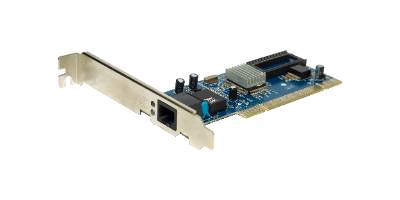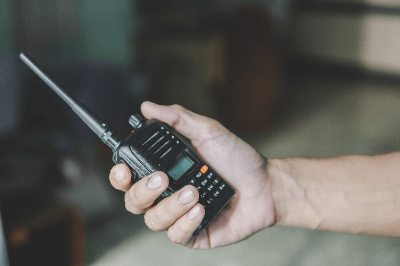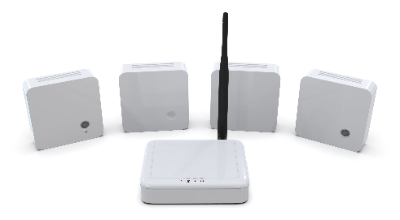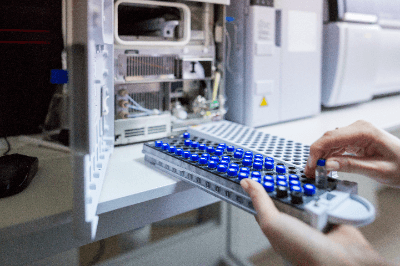What Is a Linux Server?
A Linux server is a server that uses the Linux operating system.
The Linux OS was originally developed in 1991 by a Finnish university student, Linus Torvalds, in a project. Since it was an open-source concept, it has the advantage of a low investment compared to using a Windows OS, which requires a fee, and since there is little virus software that targets the Linux OS, it has a comparative advantage in terms of security.
The OS itself is lighter than Windows, so it can run comfortably even on a slow CPU, but because it is open source, the speed of evolution is rapid. However, CUI (Character-based User Interface) is required for operation, which is a factor that raises the operational hurdle for user adaptation.
Uses of LINUX Servers
LINUX servers are used in a wide range of fields, including the following:
- Web servers
- File servers
- Mail servers
- Printer servers
- Proxy servers
- DNS servers
Principles of Linux Servers
Linux servers can be used as servers to provide a variety of services.
A server is a computer that provides various services to client computers over a network. It responds to client requests provided over the network. A dedicated PC may be assigned to the server, but it is also possible to have both client and server software co-located on a single PC. In this case, it can function as a server or act as a client, depending on the situation. Multiple types of services can be provided on a single server.
Types of Linux Servers
Unlike the Windows OS, the Linux OS is open source, which is a major feature of the Linux OS, and it continues to evolve in a completely different way from Windows. Since the programs are open to the public, anyone can view and improve them and customize them for their own systems. Developers around the world continue to improve Linux, and there are a wide variety of Linux operating systems in existence today. The best known are CentOS, Ubuntu, and Red Hat Linux, but there are also Fedora Core, Vine Linux, and other Linux operating systems.
Other Information About Linux Servers
1. Types of Servers
Not only Linux OSs but also servers offer a wide variety of services. Typical examples include the following:
Web servers: This is a service that holds web pages internally and sends out predetermined pages and data to the client when requested by the client. The client-side exchanges data with the server via a web browser.
FTP Server: A service that uploads and downloads data in response to client requests over a network.
Database: A management service that accesses and stores data held internally in response to requests from other server applications.
Mail Server: Receives e-mails sent from PCs, tablets, smartphones, etc., and delivers them to a designated mail server. On the other hand, the mail server receiving this mail retrieves the delivered mail from the mailbox in which it is stored and receives it. Other servers include file servers, printer servers, DNS servers, SSH servers, and proxy servers.
2. Backup of LINUX Servers
LINUX servers, especially those that are used for commercial purposes and have a high risk of data loss, must be backed up regularly. There are two types of backup methods as follows:
System backup: System backup means backing up everything on the system, including the OS. In the event of hardware failure, the backup image can be easily restored by installing it on new hardware. This can shorten the mean time to restore (MTTR) in the event of a failure.
Data Backup: Data backup is a method of backing up only data. To restore the data in the event of a failure, the OS and software must be installed individually to restore the data, but the time required to retrieve the backup is short. Generally, the method is to acquire system backups at regular intervals, such as one month, and data backups daily. This reduces the cost of the backup itself while shortening the MTTR in the event of a failure.
3. Price of LINUX Servers
Linux OS is provided in the form of open source and is free of charge, but if you need support for commercial use, you need to choose a commercial Linux OS that comes with a fee. The most famous is Red Hat Enterprise Linux OS (RHEL), which requires a fee for use but provides security measures and support. Other well-known commercial Linux OSs include Oracle Enterprise Linux and SUSE Linux Enterprise Server.

 An IP Radio is a press-to-talk (PTT)-based mobile communications service that transmits voice and data in VoIP format over cellular or Wi-Fi radio networks. It is also called an
An IP Radio is a press-to-talk (PTT)-based mobile communications service that transmits voice and data in VoIP format over cellular or Wi-Fi radio networks. It is also called an 
